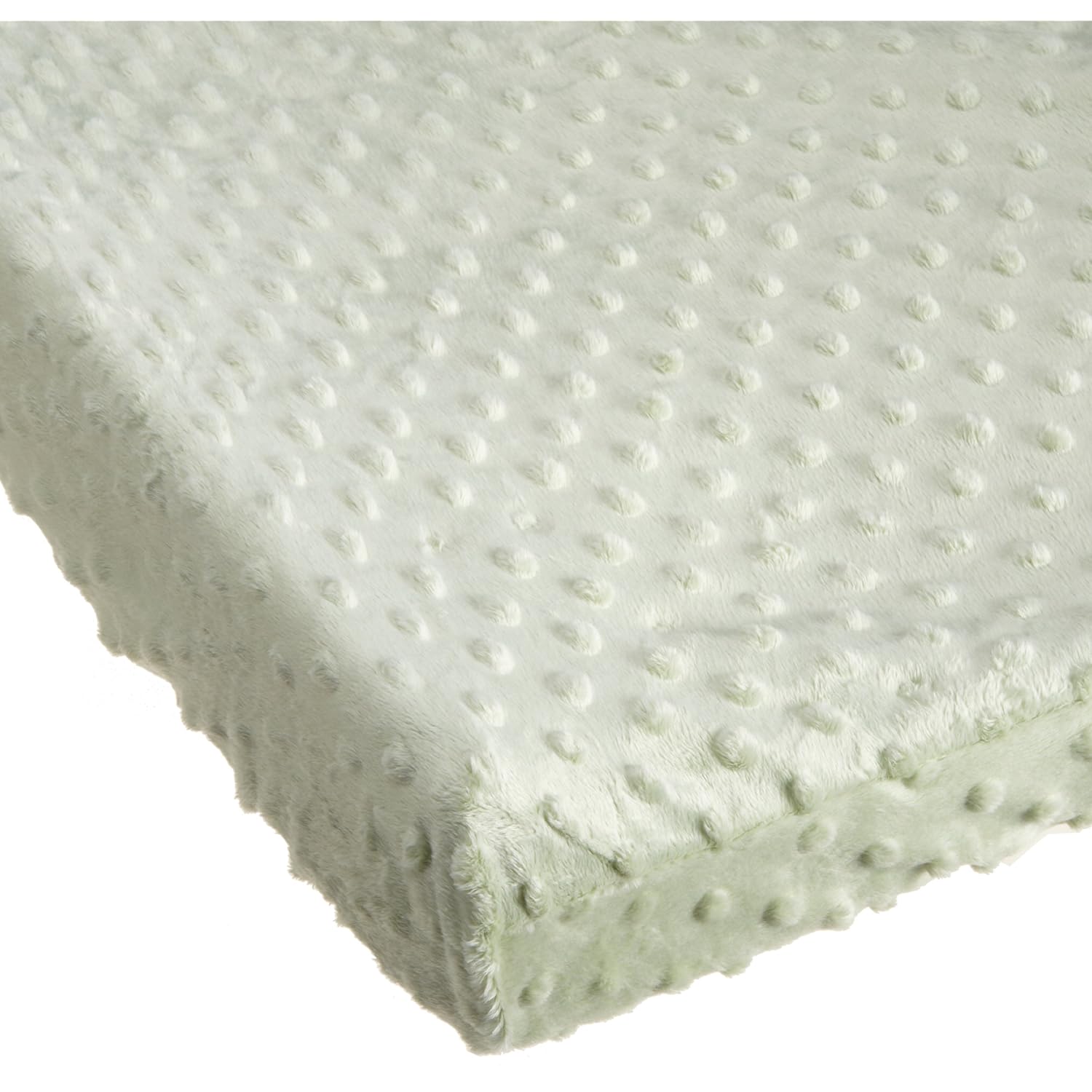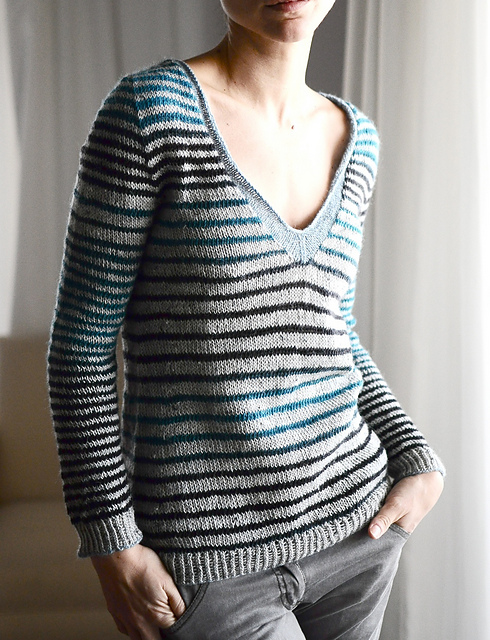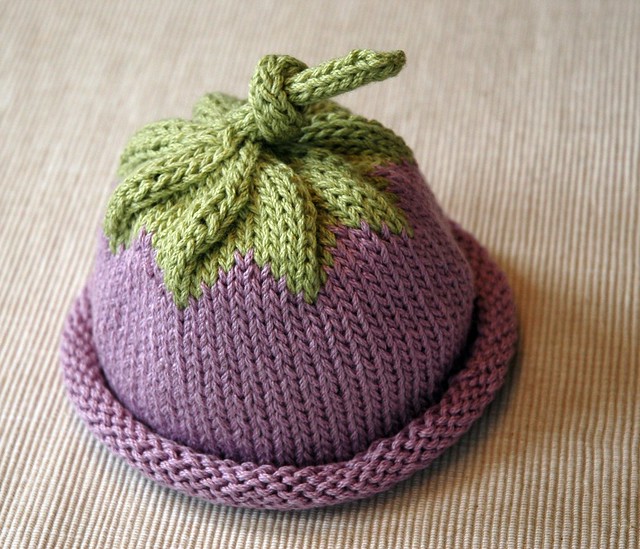The third project in my "I am not afraid of my Serger" series!
Now: After a day or two at home with the new baby I realized that *gasp* I had no place to put her dirty laundry!
(If you haven't had a baby this might sound silly to you. But think about it...would you want something with baby diarrhea/urine/milk barf etc. going into the same hamper that you use for, you know...clothes you care about? Yeah didn't think so.) (Oh yeah, and she gets special baby detergent.)
Since we have a *very* tiny home, space is always an issue. Comfortable living is only to be had by thinking creatively. The changing table was my first choice - here's the space I am working with:
Not a lot of room, but when you look from the top...
 |
| 84 degrees in October *grumble grumble grumble* |
There is a little gap! This will be perfect.
I set out to create a hanging hamper that would
just fit in that spot. since that is where more of the dirty clothing is procured - and you'll note there are some really nice, rounded knobs at each corner of the table. Design was easy - I knew exactly what I wanted, and how to make it work with the Serger. Luckily I had some black thin corduroy for backing (to protect the table), stiff black mesh for the outer, puffed portion (the better to ventilate with) and some black elastic.
And when I figure out how to write sewing patterns I will get right on it! :)
Pictures of the final project:
I did have quite a bit of trouble getting the tension correct for edging. I think this is because I had it most recently set for the flatlock stitching I was doing on the quilt. In addition, the mesh did not want to behave at all, and although I was really excited to try and use the setting for differential feed I just could not get it to work for me. Perhaps the fabric's fault? Can't imagine mesh is ideal to work with. I actually gave up trying to get it right and just did gathers manually - hence the slight asymmetry. (Cuz pinning and ironing is a time luxury I can't afford right now. Deal with it.) I attached the elastic loops by hand.
All in all, the project only took an hour or two - and much of that time was spent trying to tweak the tension and practicing on scraps. Yikes! Hopefully it will start to come more naturally soon.















